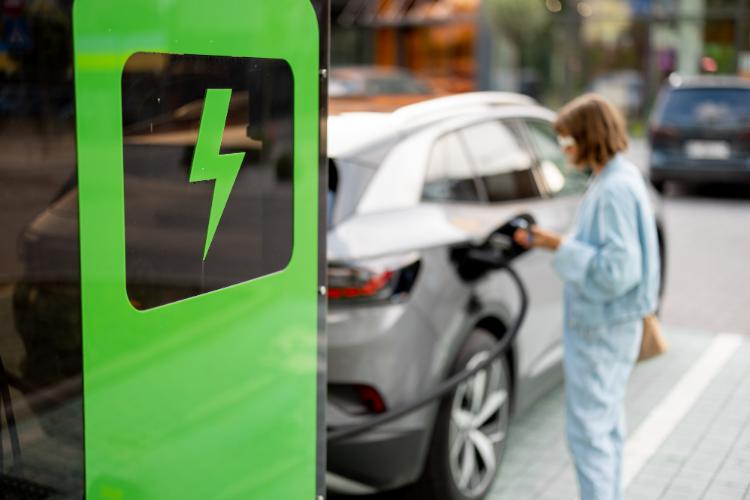The adoption of electric vehicles (EVs) is on the rise globally, with over ten million units sold in 2022, a figure expected to grow by 35% in 2023. The International Energy Agency predicts that EVs will capture an 18% market share, up from 4% in 2020. In the USA, a leading player in EV production and usage, the market is expanding rapidly, leading to challenges in meeting charging infrastructure demands.
What about the European market?

Europe exhibits varying approaches to green vehicles, with the Scandinavian Peninsula aiming for 100% EV usage by 2035. Meanwhile, southwest Europe and the western EU plan to achieve full electric mobility by 2045. However, Eastern Europe, particularly the Balkans, lags in EV infrastructure, affecting the growth of EV car sharing and entrepreneurial ventures in electric vehicle rentals. This divergence suggests a prolonged reliance on internal combustion engines in the Balkans.
Bridging the gap
To bridge this gap, governments, private enterprises, parking facilities, and hotels are investing in EV infrastructure, such as charging stations and solar panels. Despite these efforts, the Balkans still face challenges in meeting the fast-growing demand for EVs, requiring more charging points and flexibility to encourage widespread adoption for a cleaner and healthier environment.

Hydrogen cars, also known as fuel cell vehicles (FCVs), offer a clean and efficient alternative to traditional internal combustion engine vehicles. These vehicles use a fuel cell to convert hydrogen gas into electricity, emitting only water vapor and heat as byproducts. Despite their environmental benefits, hydrogen cars encounter challenges that hinder their widespread adoption in the market.

- Higher Production Costs: One of the primary barriers to the mass adoption of hydrogen cars is the relatively high cost associated with producing fuel cells. Manufacturing, storing, and transporting hydrogen in a safe and efficient manner also add to the overall production expenses. As a result, hydrogen cars tend to be more expensive for consumers compared to electric vehicles (EVs) with lithium-ion batteries.
- Infrastructure Challenges: Unlike EVs, which can be charged using a standard electrical outlet or dedicated charging stations, hydrogen cars require a distinct infrastructure for refueling. Building a network of hydrogen refueling stations is a costly and time-consuming process. This lack of infrastructure limits the convenience and accessibility of hydrogen fuel, making it less practical for potential buyers.
- Limited Vehicle Models: The market for hydrogen cars is still in its early stages, resulting in a limited selection of vehicle models compared to the wide variety of electric cars available. This lack of diversity in options makes it challenging for consumers to find a hydrogen car that suits their preferences and needs.
- Technological Development: While hydrogen fuel cell technology has made significant advancements, there is still room for improvement. Continued research and development are needed to enhance the efficiency, durability, and affordability of fuel cell systems. As technology progresses, it may help overcome some of the current barriers to adoption.
- Energy Conversion Efficiency: The process of converting hydrogen into electricity in fuel cells involves several energy conversion steps, leading to lower overall energy efficiency compared to the direct use of electricity in batteries. This efficiency gap may impact the attractiveness of hydrogen cars in terms of energy consumption and operating costs.
- Competing Technologies: The dominance of electric vehicles in the market, coupled with ongoing advancements in battery technology, has led to a strong focus on EVs. The success and popularity of electric cars have, to some extent, overshadowed the development and promotion of hydrogen cars.

In summary, while hydrogen cars present an environmentally friendly transportation option, their limited market penetration is primarily attributed to higher production costs, infrastructure challenges, and competition with the more established electric vehicle market. Overcoming these hurdles will require concerted efforts from governments, industries, and research institutions to promote the development of cost-effective technologies and the necessary infrastructure for widespread adoption.






